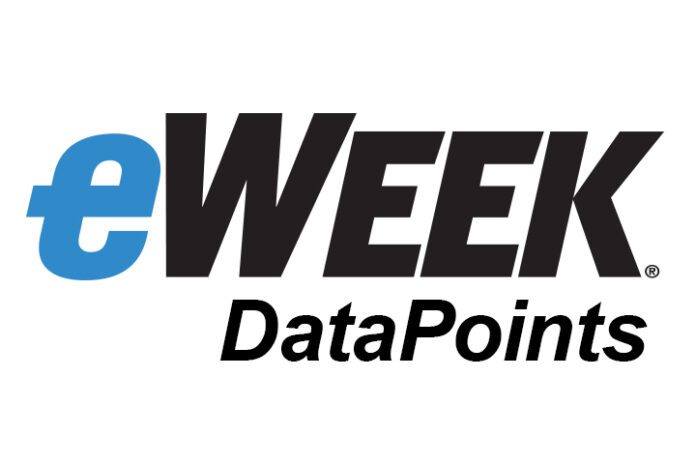Storage Class Memory (SCM) is quickly moving out of the standard technology hype cycle and into real world implementation. The benefit? It’s simple: breakthrough latency performance. When combined with the latest storage protocols, NVMe and NVMe-oF, total system response time can be cut in half.
Multiple vendors now offer SCM in their server and storage solutions and a variety of implementation and supporting availability models exist across the vendor landscape. Servers usually have single port SCM drives integrated into their systems, some storage vendors use SCM as an upfront disk cache and we are beginning to see the emergence of dual-ported SCM drives as a persistent tier of storage, similar to flash storage implementations.
But SCM and capacity aren’t free, which begs the question: Which business applications can benefit or profit from this technology innovation given its associated price premium? Here are five recommended business applications that would enjoy a significant boost from SCM.
This eWEEK Data Points article uses industry information from Travis Vigil, Senior Vice-President of Product Management at Dell Technologies. Vigil has been interviewed a number of times in eWEEK over the years and is a respected industry expert on data storage.
Data Point 1: Real-Time Booking Applications
Faster response times means more satisfied customers. At this point, we as consumers expect instant gratification. When consumers get met with delays, they can get easily frustrated. The same goes in business; if it takes too long for a medical record to load, it causes serious angst for medical professionals. Even a few seconds can seem like a long time to wait, and these two extra seconds, multiplied by hundreds of customers or employees, can add up.
Data Point 2: Electronic Trading Applications
For these applications, time is money–literally. Faster response time leads to faster trade execution and confirmation. Microseconds could mean millions of dollars, depending on trade execution price movements. These applications require the fastest end to end response time to be competitive.
Data Point 3: High-Performance Databases
Large databases, such as Oracle and some SQL and ERP implementations, always benefit from better performance. As these databases grow, become more distributed and require access from more locations, small changes in latency generate larger and larger overall performance impacts. SCM helps offset these latency challenges without significant IT architecture change.
Data Point 4: Real-Time Analytics
When it comes to fraud detection or marketing applications, time is money. These are just two examples of how real-time analytics are changing the way in which we do business. Real-time analytics is a game of microseconds, and the business value of operational improvements would easily outweigh the increased media cost.
Data Point 5: Big Data Applications
Apps such as Splunk search analyze and visualize data gathered from many different sources like the websites, applications, sensors, devices, etc. that make up the IT infrastructure and business. Typically, these applications have most recent data in a “hot/warm data” tier where most of the searches are executed. Fast searches are critical for the real-time analysis and visualization, and SCM enables a never-before-seen level of processing for these big data applications.
SCM, when combined with machine learning and artificial intelligence enables massive workload consolidation. Systems that can intelligently optimize data placement–placing the right data on the right media at the right time–can deliver huge customer benefits across the entire enterprise. Estimates show that 90% of I/O is serviced by 10% of the data. If that 10% is placed on SCM media, then everyone wins. IT practitioners can deliver better response times to almost all users while consolidating their IT infrastructure and footprint.
Like any technology adoption curve, we expect SCM to follow the normal path of being used for specific applications initially and then expanding the scope as the economics shift downward. That’s why it’s important to consider these five early adopter applications that are hungry for the latency gains that SCM delivers.
If you have a suggestion for an eWEEK Data Points article, email cpreimesberger@eweek.com.
